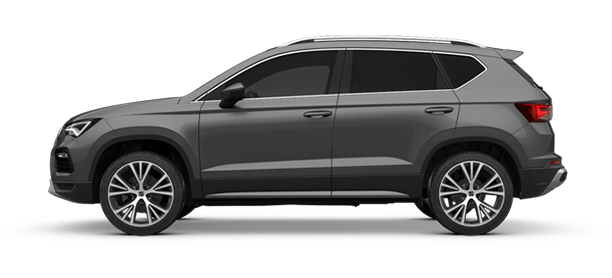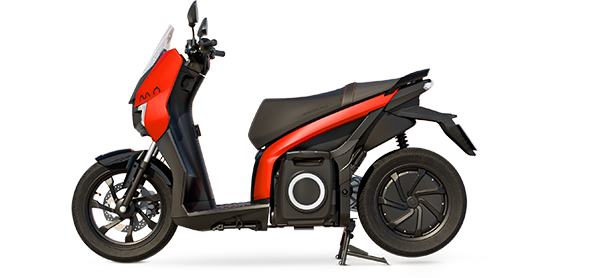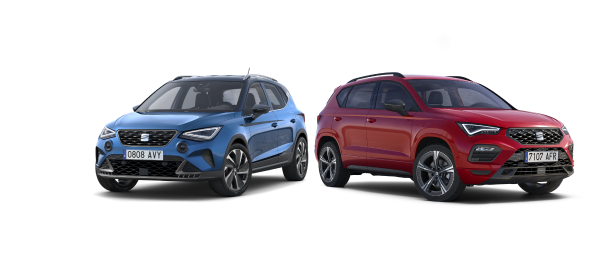In the third quarter of 2020, sales of electric and hybrid cars grew by 121% in the main European markets, according to the European Automobile Manufacturers Association. This increase can also be extrapolated with the increase in questions that can be found on the Internet: more than 66 million search results for “questions about the electric car”. With the help of Antonio Salinas, professor at SEAT’s electromobility Learning Centre (eLC), we can clear up some of these doubts.
1. Are all electric vehicles automatic?
Yes, electric vehicles don’t require a gearbox, they only have a system to reduce the revolutions. The reason is in the way an electric motor works, which provides the power and torque so that it can drive the wheels directly.
2. And are plug-in hybrids also exclusively automatic?
In plug-in hybrid vehicles, specifically in the case of the Leon e-HYBRID family, using the fuel engine mode you can choose between automatic driving or manually select the appropriate gear. Driving is always automatic in electric mode.
3. Do they have an exhaust pipe?
Electric vehicles don’t need an exhaust pipe, as they don’t have any type of combustion. However, in plug-in hybrid vehicles, the fuel engine does require such an installation.
4. Can an electric motor be handled?
No. It’s neither necessary nor advisable. The electrical system is identified by a specific orange colour and should only be handled by a specialist.
5. Does using the heating and lights affect battery life?
In an electric vehicle everything works with the energy stored in the battery, from the engine to the heating, lights or music. Therefore, it does affect battery consumption and it must be taken into account. In a plug-in hybrid vehicle, in electric mode, the circumstances are the same, and in fuel mode it works with petrol, so it affects it to a lesser extent.
6. Do they have less interior space than the same petrol models?
Sales of electric and hybrid vehicles increased by 121% in the third quarter of 2020.
When an electric vehicle is designed as such from the outset, the battery is located in the lower part of the floor, which even allows for more spacious interiors. In plug-in hybrid vehicles, the battery is located in the external spaces available, it’s smaller and does not generally affect the passenger compartment.
7. Is there any risk with the electrical system in the event of rain?
No, none at all. In the case of electrically-driven or hybrid electrically-driven vehicles, the high-voltage system incorporates sufficient safety measures to make it totally safe. Many of these measures are grouped together in the battery control unit, which automatically switches off the system in the event of a malfunction.
8. Is the fuel tank in a plug-in hybrid smaller?
Not necessarily. Normally it has a little less capacity, but as the vehicle is more efficient and has an electric mode, the total range won’t be reduced. The fuel tank of the Leon e-HYBRID family has a capacity of approximately 40 litres.
This has been achieved thanks to a redesign of its shape. It’s located under the boot and thus provides enough room for the traction battery.
9. What should be taken into account when charging the battery?
With growing popularity, there are more user doubts and questions to be adressed.
The process of charging the battery is as simple and safe as connecting a household appliance. You must bear in mind some instructions such as blocking the doors or having the parking brake on, and additionally, look at the light indications to know which process you are following: programmed charge, charging or completed charge.
10. Do they require any additional maintenance?
No, the electric drive system, in both pure electric and plug-in hybrids, requires no specific maintenance. And with respect to the fuel engine, its maintenance follows the conventional schedule, taking into account that it works in much more favourable conditions.
…and 3 facts about the SEAT Leon e-HYBRID
13 kW (12.8 kWh) battery
Up to 64 km range in electric mode according to WLTP cycle (NEDC: 72 km)
Combined power of 204 hp
















